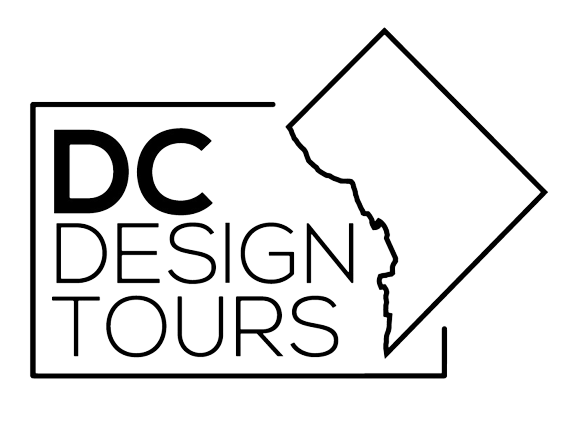-
Date
Wednesday, June 05 2024
-
Time
12:00pm - 1:00pm
-
Location
Webinar
This presentation delves into the crucial role of roofing in enhancing overall building sustainability. Participants will gain comprehensive insights into a variety of environmentally friendly materials, products, and systems designed to boost eco-efficiency. The session will cover the characteristics of sustainable and resilient roof systems and the key design considerations that contribute to their durability and longevity. Additionally, it will highlight the financial advantages of investing in sustainable roofing solutions. By the end of this presentation, attendees will be equipped to:
Understand the integral role of roofing and the building envelope in achieving building sustainability.
Review a range of eco-friendly materials, products, and systems.
Identify key features of sustainable and resilient roofing designs.
Evaluate the financial benefits and cost-effectiveness of sustainable building practices.
Learning Objectives:
- Discuss roofing and building envelope’s role in overall building sustainability
- Review of environmentally friendly materials, products, and systems
- Identify features of sustainable and resilient design
- Weigh the financial benefits of building sustainably
David S. Finley, CEP
Dave Fineley is the Director of Building Envelope Sciences at The Garland Company, Inc. and Design Build Solutions Inc., specializing in building enclosure design and forensic assessments. With 14 years of experience, his expertise includes hygrothermal analyses, water intrusion investigations, and building code compliance. Previously, Dave worked as a Facade Specialist at Morrison Hershfield and a Senior Associate at Wiss, Janney, Elstner Associates, Inc. He holds degrees in Architectural Engineering from Pennsylvania State University and is a Certified Infrared Thermographer and EIFS Professional. Dave also contributes to the Building Enclosure Council and ASHRAE committees.
Fallon Williams
Fallon Williams, Architectural Territory Manager at The Garland Company, assists architectural firms with building envelope solutions in the DC, MD, & VA area. Having over 17 years of professional expertise, Fallon Williams is a dynamic figure in architecture & design. Complimenting her technical experience, Fallon has a background in marketing offering a unique perspective rooted in both education and extensive industry experience. With a portfolio spanning nationwide projects, Fallon has contributed to hundreds of commercial projects, serving and supporting customers as an industry technical expert.
Beyond her professional achievements, Fallon is deeply committed to service. She presently holds the position of Director of Communications for the National Organization of Minority Architects – Baltimore Chapter and Chair at AIA Baltimore Allied Members Committee. Through these roles, she actively participates in outreach, community engagement, and volunteering while enhancing communication, membership opportunities, and fostering collaboration within the industry. With an impressive track record, Fallon Williams exemplifies the transformative power of dedication, innovation, and community engagement.













